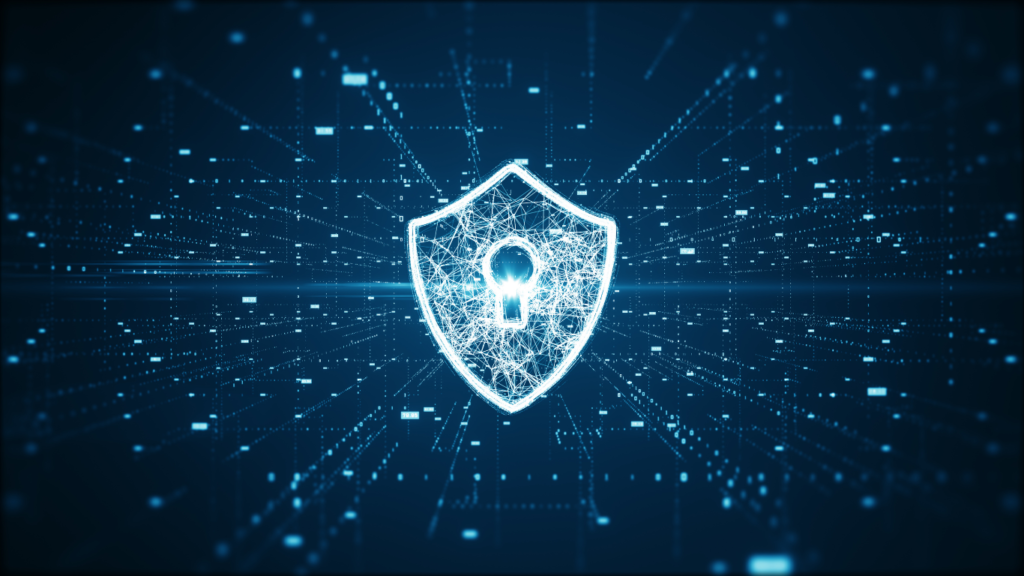In an age where cyber threats loom large, ransomware attacks have emerged as a particularly insidious menace to businesses worldwide. This blog aims to unravel the complexities of ransomware and empower businesses with proactive measures and resilient strategies to shield themselves from this growing threat. Let’s embark on a journey through the key elements of ransomware resilience.

Understanding the Ransomware Landscape
Before fortifying defenses, it’s crucial to comprehend the landscape of ransomware. We’ll explore the evolution of ransomware, dissecting its various forms and entry points. Understanding the adversary is the first step towards developing effective countermeasures.
Robust Backup Solutions: A Digital Safety Net
One of the cornerstones of ransomware resilience is a robust backup strategy. We’ll delve into the intricacies of creating secure backups, discussing the importance of offline backups, regular testing, and implementing a multi-layered backup approach. Discover how these measures can serve as a digital safety net, allowing businesses to recover swiftly from a ransomware incident.
Employee Awareness Training: The Human Firewall
Humans are often the weakest link in cybersecurity, but they can also be your greatest asset. This section focuses on the significance of employee awareness training. We’ll explore engaging and effective training methods, emphasizing the role of employees as the first line of defense. Equip your team with the knowledge to recognize phishing attempts and suspicious activities, reducing the likelihood of successful ransomware attacks.
Endpoint Protection and Security Hygiene
Securing the endpoints is paramount in the battle against ransomware. We’ll delve into the importance of endpoint protection solutions, including antivirus software, endpoint detection and response (EDR) tools, and the implementation of robust security hygiene practices. Discover how a proactive approach to endpoint security can thwart ransomware attempts before they gain traction.
Incident Response Planning: Navigating the Aftermath
No defense is foolproof, making incident response planning a critical component of ransomware resilience. Explore the key elements of an effective incident response plan, including communication strategies, legal considerations, and the coordination of internal and external resources. Be prepared to navigate the aftermath of a ransomware incident with resilience and precision.
Collaboration and Information Sharing
Cybersecurity is a collective effort, and collaboration is key. This section highlights the importance of information sharing within the industry, emphasizing how collective intelligence can enhance ransomware detection and mitigation. Explore partnerships, forums, and threat intelligence sharing platforms that can contribute to a more secure digital landscape.
Continuous Monitoring and Adaptation
Ransomware tactics evolve, demanding a proactive and adaptive cybersecurity strategy. We’ll discuss the significance of continuous monitoring, threat intelligence feeds, and the use of advanced analytics to detect anomalies and potential ransomware threats. Stay ahead of cyber adversaries by embracing a mindset of continuous improvement and adaptation.
Conclusion: Empowering Your Business Against Ransomware
In conclusion, ransomware resilience is not a destination but a journey. By implementing robust backup solutions, investing in employee awareness, securing endpoints, planning for incidents, fostering collaboration, and maintaining vigilance through continuous monitoring, your business can significantly enhance its defenses against ransomware threats. Equip yourself with the knowledge and tools needed to safeguard your digital assets and emerge stronger in the face of evolving cyber threats.
